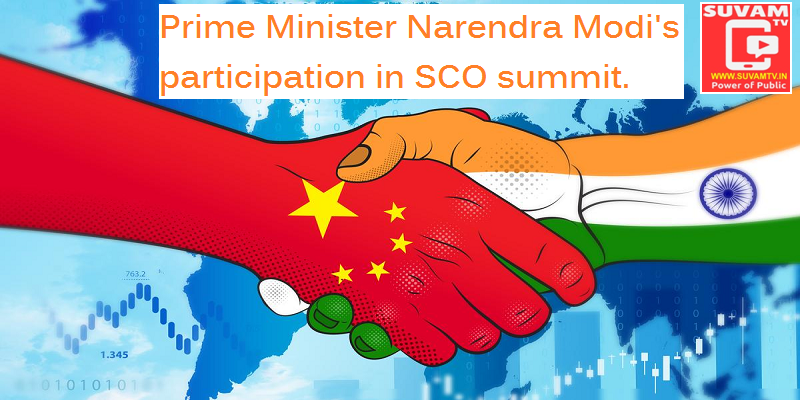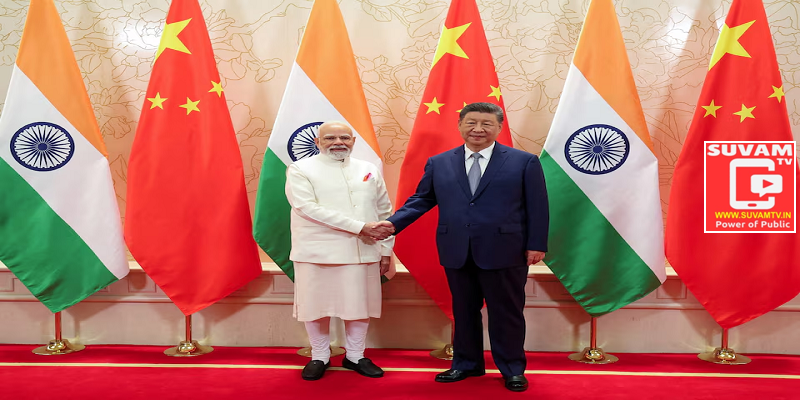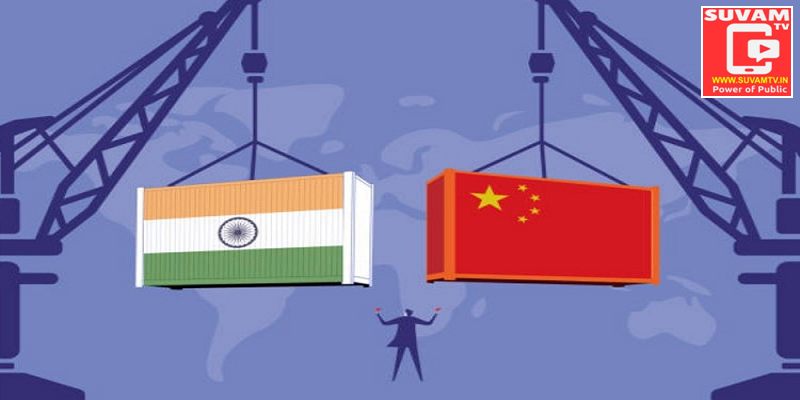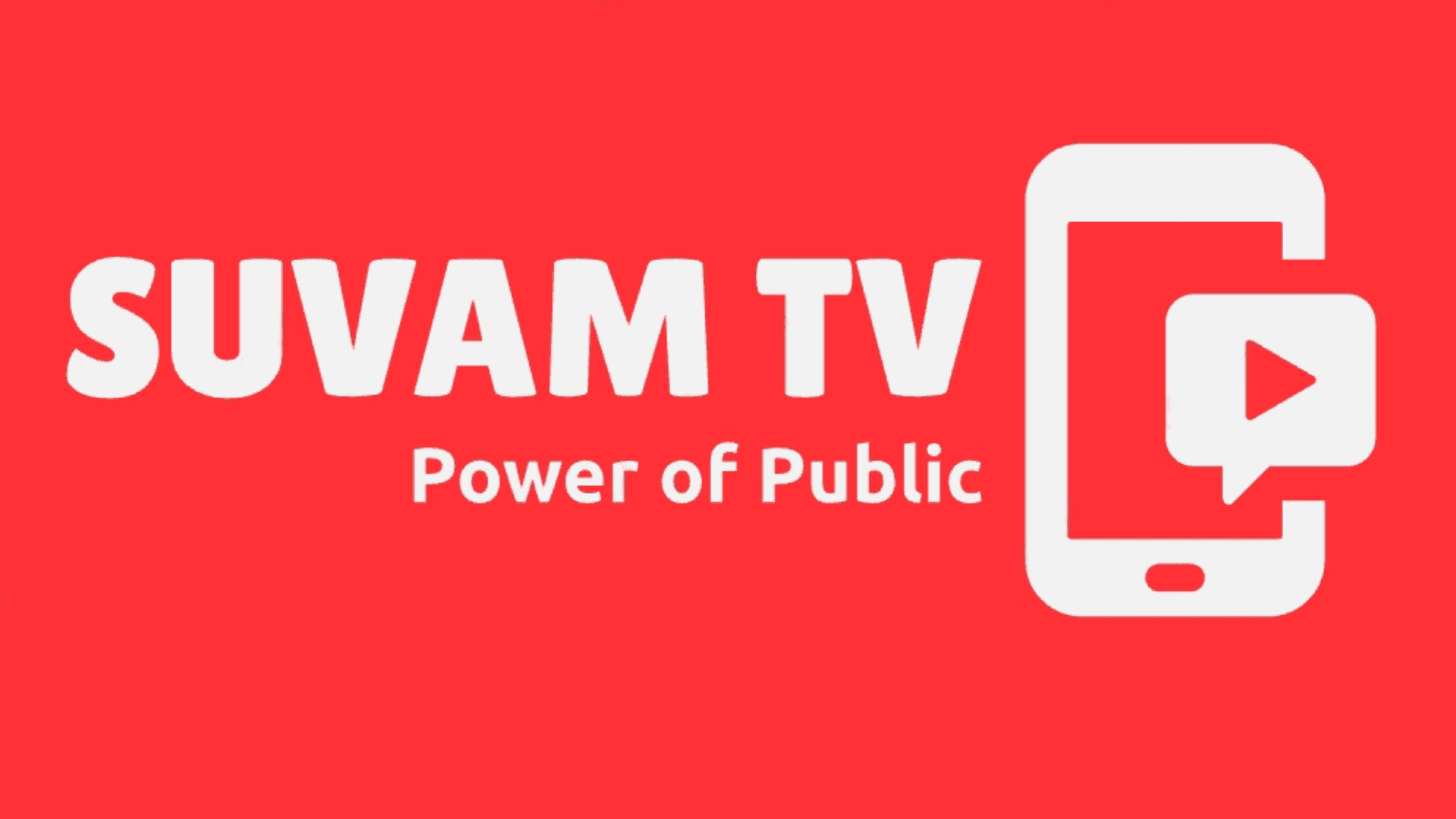Prime Minister Narendra Modi’s participation in SCO summit.

During Prime Minister Narendra Modi’s first term, between 2014 and 2019, he visited China four times, and Chinese President Xi Jinping visited India three times. Despite such goodwill visits, China has once again proven itself to be a powerless nation by orchestrating the Galwan attack in 2021, the first example of which was seen in China’s first attack on India in 1962, when the slogan ‘Hindi-China brotherhood’ was being raised. In that regard, what will be the outcome of this new equation or what should be expected from it is a debatable question.
Prime Minister Narendra Modi’s participation in the two-day Shanghai Cooperation Organization (SCO) summit, which began in Tianjin, China, has attracted international attention like never before. Because it has created curiosity in the possibility of two traditional enemies like India and China coming closer to each other and forming a ‘side’, leaving the situation of ‘looking at the shadow of the other’ until a month or one and a half ago, it has also emerged as a textbook example of how the strategic landscape can change unexpectedly in terms of ideology, reality and coercion. In such a situation, a short discussion seems relevant in this context.

Although Donald Trump’s blunders have shocked the world since the beginning of his second term, many observers have not been surprised by his behavior, predicting something like this. A self-righteous and self-righteous official with a ‘for you, it’s a game’ attitude, Trump often makes rash decisions that shock everyone; and that is why his decisions as the president of the most powerful country on earth change the strategic power equation of the world. The agreement to withdraw ‘NATO’ troops from Afghanistan by 2021 and hand over the country back to the Taliban rulers, known as the ‘Doha Agreement’, is a glimpse of such a decision, which, when implemented in 2022, has led to an unprecedented and unexpected hostility between Afghanistan and Pakistan, and the emergence of a new power equation in the Southwest Asian continent.
According to these observers, the lockdown due to the Covid pandemic may not have given the aforementioned Trumpian genius enough time to manifest itself; hence, it has had an explosive second burst and in a seismic shift, two arch-enemies like India and China have come closer. While many diplomats see this in a positive light, optimistic about discovering new possibilities from the proximity of the two Asian economic powers, the reality is that it could also be considered an enemy given the serious mistrust between the two nations. Hence, along with optimism, there is a need for a realistic and objective analysis in this context.
First of all, after the extremely crude verbal attacks on India and its Prime Minister Narendra Modi by Trump and some of his allies, including the imposition of a whopping 50% tariff on India, it has become clear that at least for now, the hope of a return to a cordial atmosphere between India and the US is completely dim, in which case India is forced to bring about some changes and improvements in its international relations from a trade and strategic perspective. Since China holds its monopoly in the supply of ‘critical minerals’ like a hook in front of a drunken America, the US cannot enforce it despite the announcement of the highest tariff on China; India does not have such a weapon. And it is true that both India and China have come together with the aim of countering the spread of American tariffs; but the need for such a relationship is not something that has escaped the astute China.

Therefore, the highly ambitious and expansionist China may be inclined to use such a situation and opportunity to subjugate India; because China’s main goal is to suppress India, which is rising as an economic superpower, and to be known as the sole savior of Asia. Therefore, despite the warm promotion during the ‘SCO’ summit, India will have to move forward with great caution in the context of the new equation of relations. It is true that India’s rejection (2017) to be part of China’s most ambitious project ‘Belt Road Initiative’ and the confrontation between the troops of both countries at Doklam that year paved the way for a bloody clash on the Galwan border in 2021, the bitterness of which has not subsided yet; Rather, by providing military aid to Pakistan during the ‘Operation Vermilion’, by not accepting the Pahalgam massacre as a terrorist attack, or by making extreme threats to India, the Dalai Lama’s shelter and well-wisher, on his 90th birthday, China was considered India’s biggest enemy until one and a half months ago.
Japan’s famous samurai martial tradition has specific rules for how to approach the enemy, known as ‘Bushido’. According to this code, the enemy deserves respect; complete knowledge of the enemy and infinite patience in dealing with the enemy are essential. Along with many such principled approaches, what is most needed is unwavering vigilance. Considering the possibility of an enemy presence at any time and in any place, the legendary samurai warrior Miyamoto Musashi made himself so alert that it is said that he was able to repel an attack even while asleep. The implication is that in the situation of lying with the enemy due to proximity to China, constant vigilance is of utmost importance.
